Design Materials
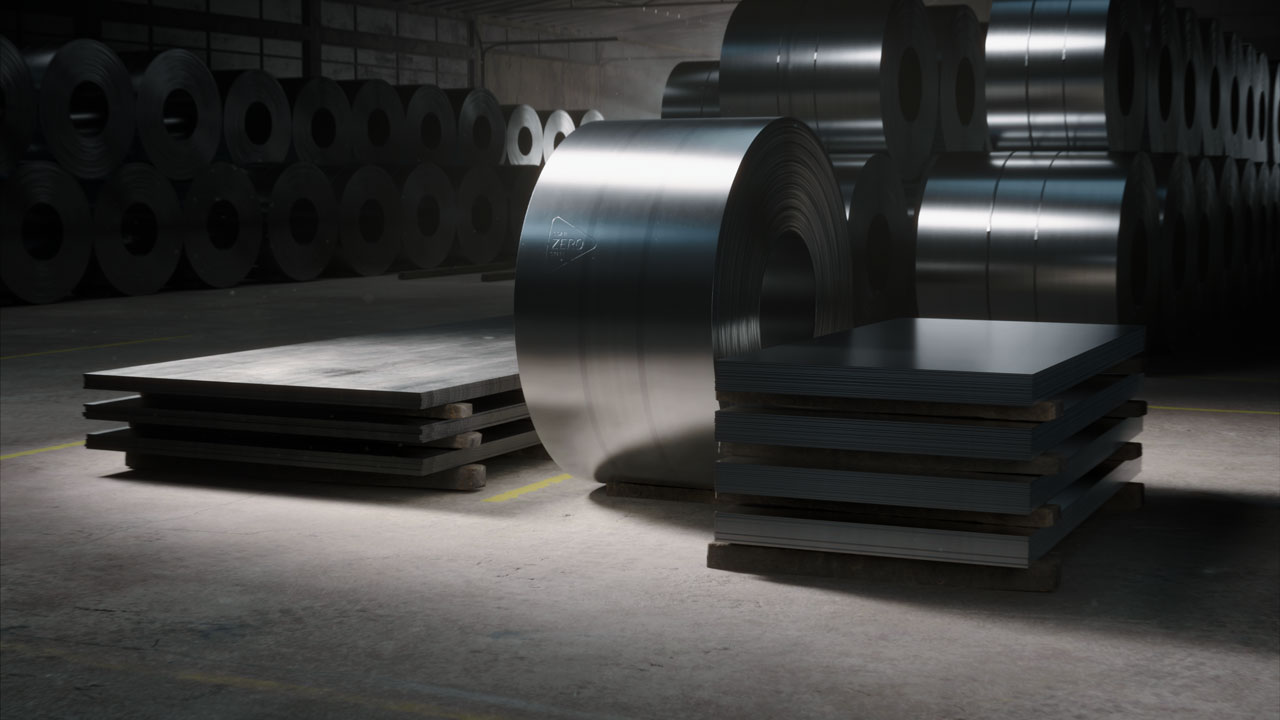
Fossil-Free Steel SSAB
SSAB has a line that is 100% recycled and produced without fossil fuel energy.
Valchromat by Investwood
A colored MDF made with EU low formaldehyde levels and is non-toxic. Because of the binders they use it has better than traditional tensile strength for fastening, etc. It can be clear coated/stained/painted or left raw which would be a renewable finish.
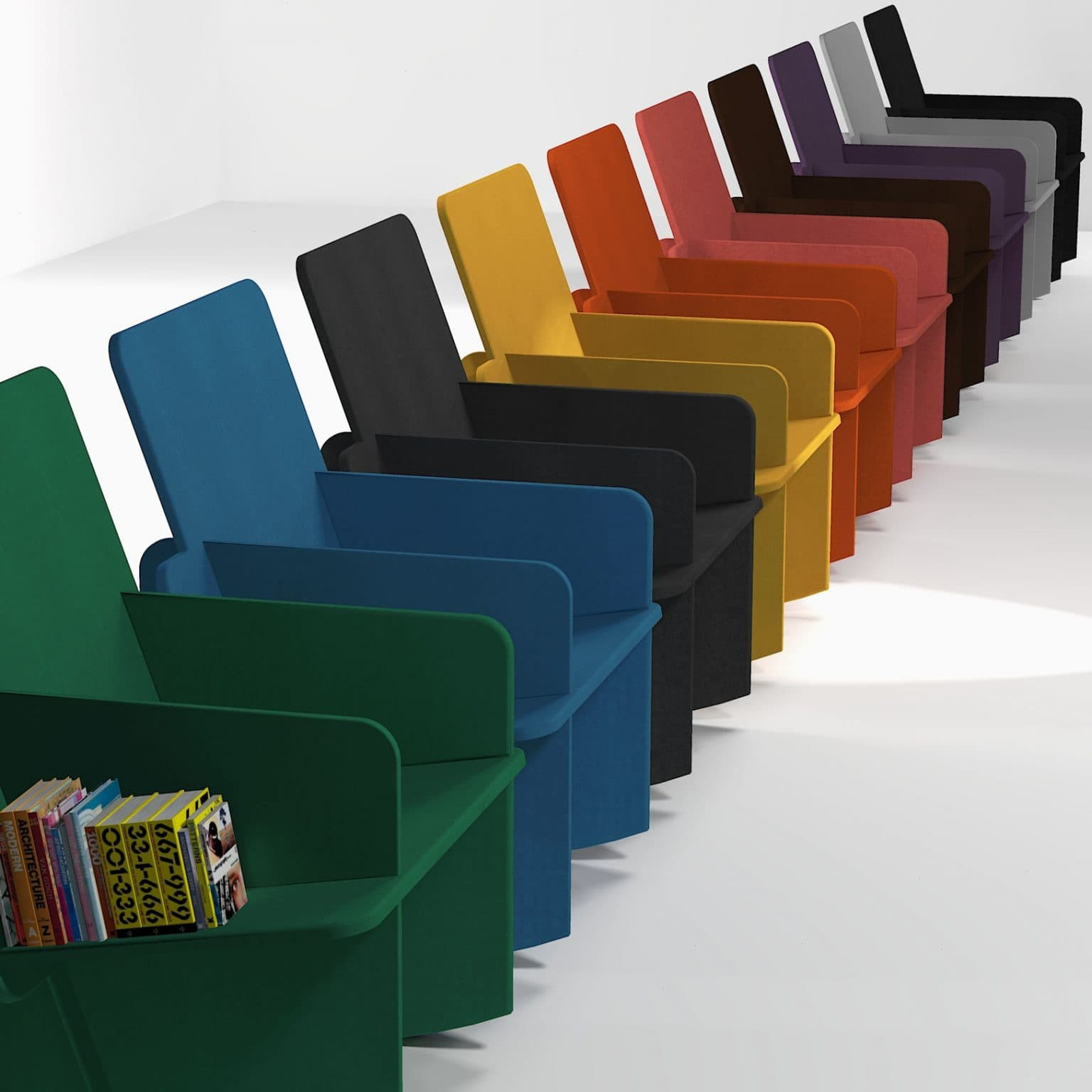

Acre Modern Mill
This board is made from Up-cycled rice hulls which can be painted or stained and is biodegradable.
Plyboo
This is a bamboo plywood that is made from 100% rapidly renewable bamboo. PlybooStrand® bamboo plywood and veneer use strand technology to turn 100% rapidly renewable bamboo into a beautiful yet exceptionally durable green building material. ULEF, Ultra Low Emitting Formaldehyde, IEQc4.4: Low-Emitting Materials.
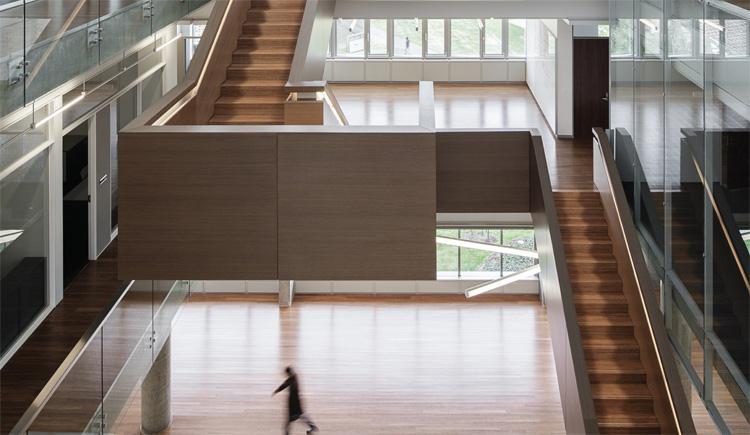
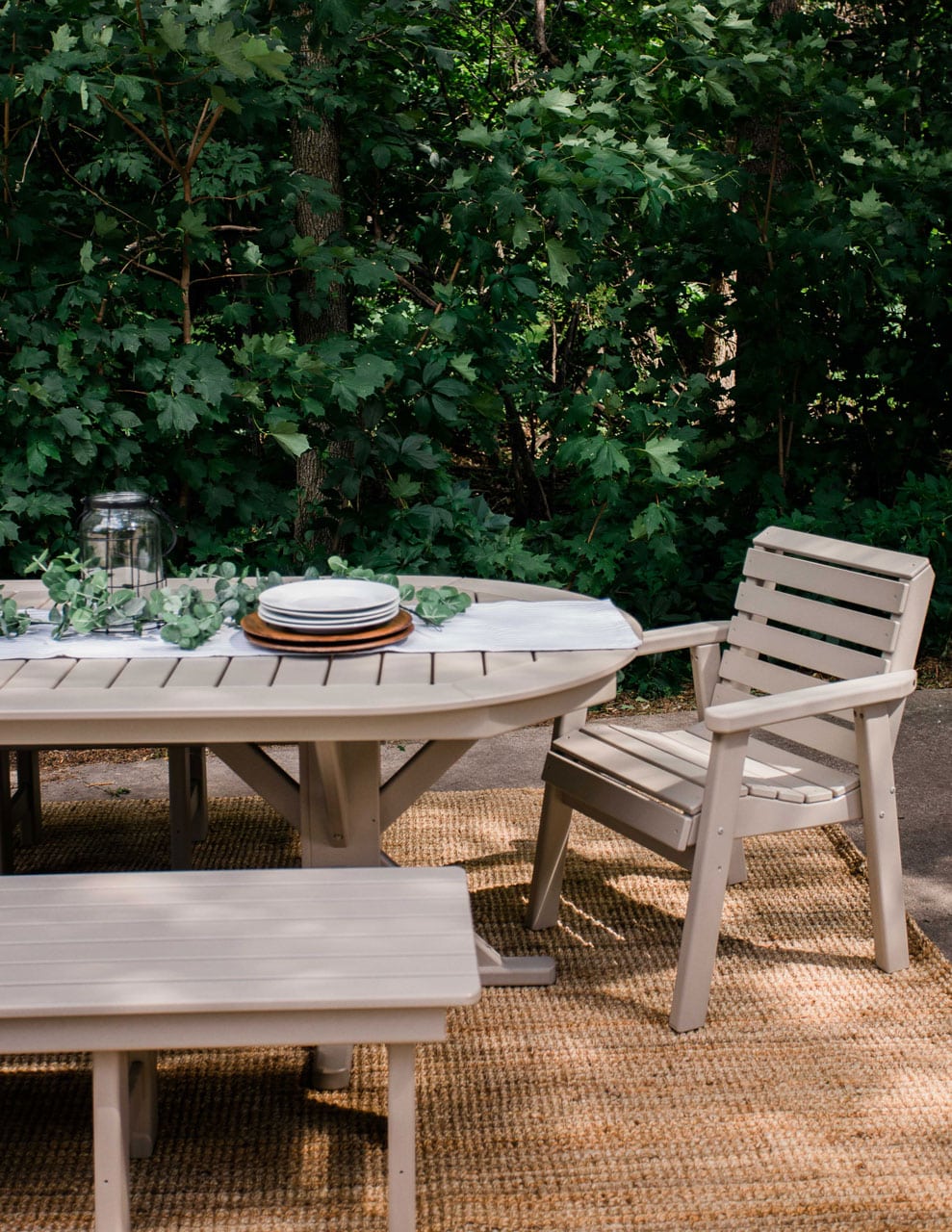
HDPE (High-Density Polyethylene)
This is available in a variety of grades for applications including FDA compliant for cutting boards, marine applications, UV stabilized, and woodgrain textured for outdoor environments, orthotic and prosthetic for additional support, and antimicrobial for medical facilities. It also offers excellent resistance to corrosion, bacteria, and chemical buildup. This is accepted in just about every curbside recycling plant out there. This is a thicker, solid color material, used for playground equipment or outdoor furniture. Very strong and impact resistant. It can be cut & mechanically fastened. This is recycled under code #2.
PETG(Polyethylene Terephthalate Glycol)
This material is typically clear. It is used in applications where hardness, chemical and impact resistance, transparency, and ductility are important. An easily extruded material with good thermal stability, PETG is particularly compatible with food uses. There are “pre-consumer” recycled options here. In other words, all manufacturing scrap is reclaimed, ground up, and then made into sheets. This is recycled under code #1.
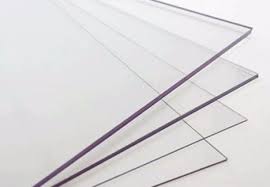
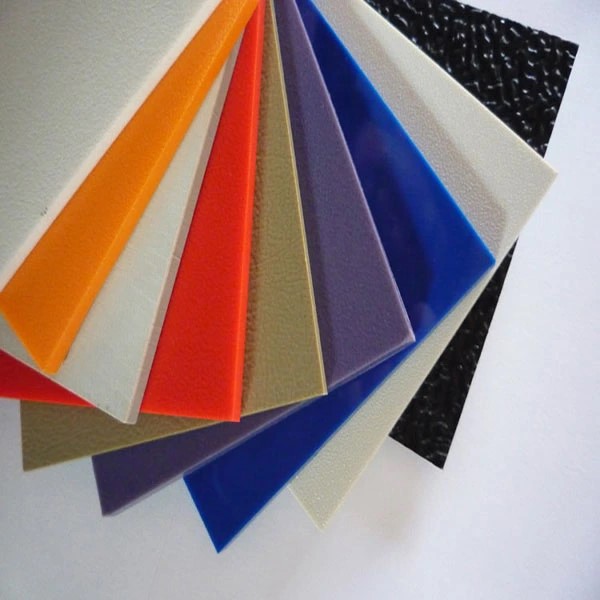
ABS (Acrylonitrile Butadiene Styrene)
Acrylic’s cousin, more commonly used in applications that need to be more durable, its key features are high rigidity, resistance to impact, abrasion, and strain. typically available in white or black with a hair cell finish on one side. This is available in recycled grades & also recycled under recycling code #7.
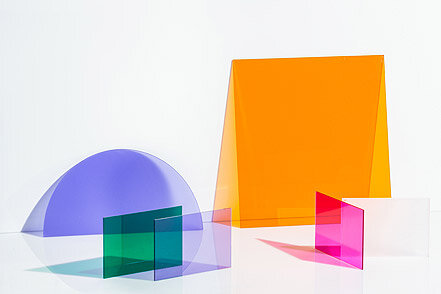
Green Cast Acrylics
The process, known as de-polymerization process, allows to regain a high-quality regenerated monomer (R-MMA), from which we produce Green Cast® sheets, cast acrylic sheets 100% recycled and recyclable.
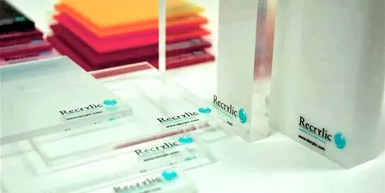
Recrylic
There are now “post-consumer” acrylic sheet options from a couple of different sources. This is a process where the acrylic is melted down, distilled, and purified, then either left clear or pigment is added. This material behaves just like virgin acrylic does – so it can be cut, bent, bonded, printed, and polished just like standard acrylic. This is recycled under recycling code #7.
Through the collaboration of our leadership, design, and production teams, our goal is to offer our customers real-world understanding of materials usable in the retail environment and how to implement them into sustainable solutions. These solutions are rooted in proven, practical, and realistically affordable actions aimed at decreasing the embedded carbon footprint of their retail displays. This concept of manufacturing for sustainability is intricate and diverse, encompassing considerations that begin with the initial design. The design, production, logistics, and installation aspects of each project’s environmental footprint can all be considered. We view our sustainability efforts as an ecosystem, working closely with manufacturing partners and suppliers to determine the best possible outcome.
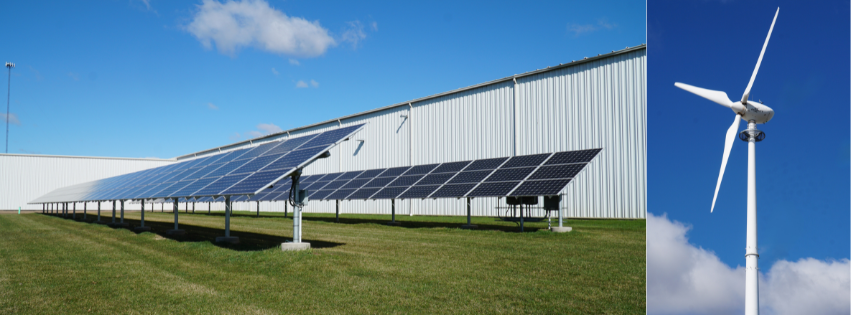
CONTACT US:
(715) 220-4625
Infinity Retail Services
585 Western Blvd
Turtle Lake, Wisconsin 54889
